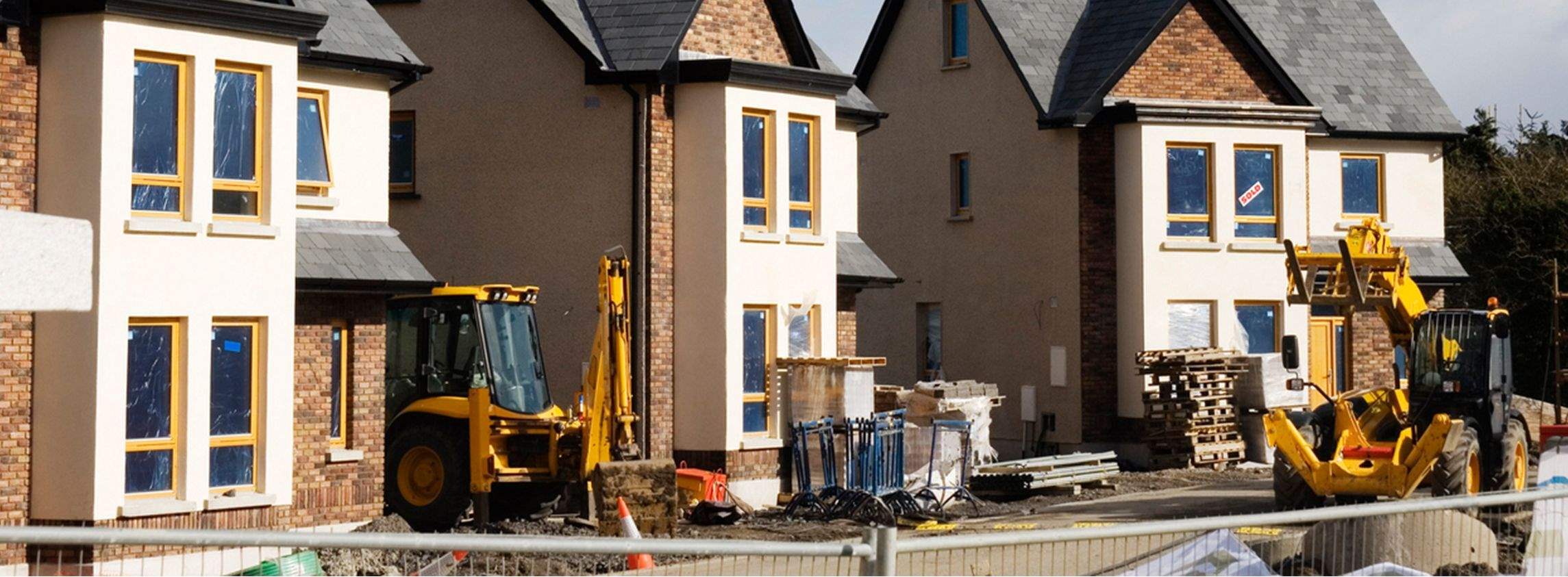Regional land markets remain robust despite uncertainty but there is less appetite for risk
Robust regional markets
In the first quarter of 2019, land values for UK greenfield and urban land changed very little, growing by just 0.2%, bringing annual growth to 1.3% and 1.8% respectively.
The Midlands and Scotland continue to buck the trend, outperforming the national average. Land values have increased by 0.6% in the West (West Midlands and South West) and 0.5% in Scotland in Q1 2019.
The land market remains relatively robust in much of the country. The number of sites sold in the Midlands, North, Scotland and South Wales is in line with or above 2018 levels. This is supported by sustained house price growth in these regions of up to 2.9% per year.
The most sought after sites are lower risk ‘oven ready’ sites. This includes smaller city centre sites and straight forward medium-sized sites (around 100–150 units) on the edge of established urban areas.
.png)
Land values are stable nationally However, they are still falling in central London
Source: Savills Research
Housebuilders manage risk
There is less appetite for risk among housebuilders in response to underlying market uncertainty, slowing sales rates and the Government’s plan to end the Help to Buy scheme after March 2023. This is suppressing land values in London and the South, particularly where there is falling house price growth (see Savills April 2019 UK Housing Market Update).
Some housebuilders are re-planning sites to include more smaller units that will qualify for Help to Buy
Savills Research
To mitigate risk, housebuilders are being selective about the sites they buy and are making use of their established land pipeline. They have built up these pipelines since recovering from the global financial crisis enabling them to increase the number of homes they build each year. For some time, they have been drawing on their own strategic pipelines of land instead of relying on purchasing consented parcels. On average, the listed housebuilders currently have 4.5 years’ worth of land and source 32% of that land from their strategic pipelines.
In response to the changes to Help to Buy from 2021, some housebuilders are also re-planning sites to include more smaller units that will qualify for Help to Buy under the new regional price caps.
.png)
Focal points Development news and analysis in brief
Land led development for housing associations
Housing associations (HAs) are continuing to be active in the development land market, bidding competitively for sites both in London and parts of the rest of the country. Grant funding, the £3 billion of funding for the Affordable Homes Guarantee Scheme and the strategic partnerships programme, has provided HAs with greater funding clarity and confidence for the long term against the wider market backdrop of uncertainty.
It has also enabled them to be less reliant on cross subsidy and deliver more social rented homes. According to the latest National Housing Federation data for Q4 2018, social rent starts were up 48% compared with the same quarter in 2017, and are at their highest since the NHF began its quarterly Supply Survey in 2016.
Less activity in London
In addition to an insufficient land supply of consented sites, there have been fewer land transactions in London.
There has been reduced interest in sites, driven by the wider political and economic uncertainty. Molior indicates that there have been fewer transactions in 2018 compared with the previous year in London, particularly in the higher-value central boroughs.
Residential land values in central London have continued to decline, falling by 0.6% in the past six months (while office values have remained stable), bringing total residential land value falls since the 2015 peak to 16.9%.
In outer London, land market activity remains more resilient than inner London – particularly for consented sites in more affordable, well-connected locations.
.png)
Slowing supply
In Q1 2018, planning consents peaked at 380,000 per year, according to the HBF Housing Pipeline report, well above the Government’s 300,000 homes target. However, since then, they have fallen by 5% on an annualised basis. This has intensified a shortage of sites coming forward in some markets.
The greatest undersupply of consents is concentrated in London and the South, but other regional markets are also lacking the right type of site in the right location.
The highest demand is for lower risk ‘oven ready’ sites particularly in the currently risk averse land market, and there is an undersupply of sites of this type.
In some markets, vendors are hesitant and cautious, not wanting to release sites until there is greater political and economic clarity.
.png)
Planning consents vary greatly by region Greatest undersupply is in London
Source: Savills Research, HBF/Glenigan
Interested in other areas of the UK?
View all of our latest residential Market in Minutes research here.
